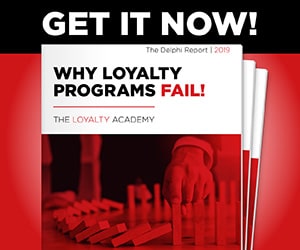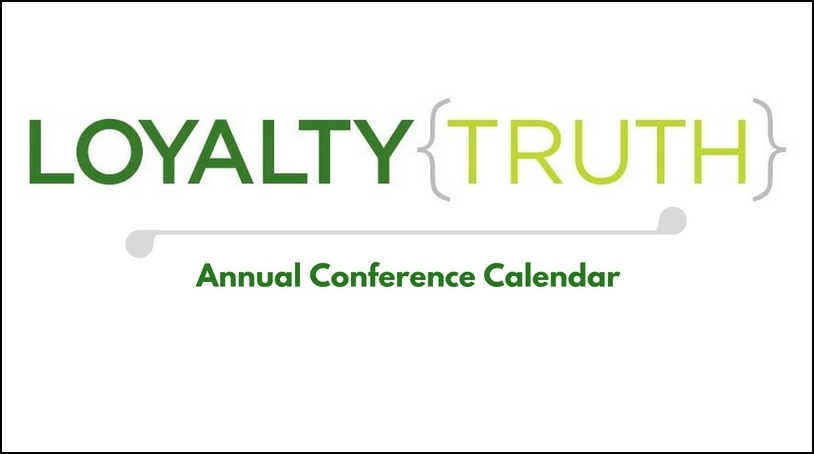Whether transferring funds to a close friend or family member or remitting payment on a business invoice, we’ve all got to deal with the issues of money transfer. Payments are central to our lives and how we pay has cost implications for both the merchants we patronize and our own personal budgets.
Today I’m not only thinking about competition within traditional methods of payment, but also payment methods that come bundled with loyalty and social shopping applications.
Let’s look at the tradition payment space first. Within my network of highly mobile loyalty consultants, the Customer Strategy Network, we are fortunate to share project work and often move money between us as a result. I can remit payment to a colleague internationally via bank wire transfer, PayPal, or by check. Since bank hold policies on foreign checks border on ridiculous, wire transfer and PayPal seem to be the two best options.
One would think that wire transfer fees are more formidable than using PayPal, but interestingly enough, a transfer of $2,500 from the bank costs $40 while using Paypal rings up a charge of about $157 (nearly 6%) if I link my Paypal account to a credit card, and closer to $75 (3%) if linked to a bank account. Just when we thought the banks were wringing out every last dollar from consumers following passage of the Durbin Amendment, PayPal is revealed to be generally more expensive to use.
Surprised? I was.
Next, consider payment methods tied into loyalty marketing schemes. Dwolla is actually the only one of which I am aware, and the innovative payment/loyalty group charges a fixed fee of $.25 per P2P money transfer or purchase transaction within its merchant network. That charge is normally paid by the payment recipient and doesn’t apply to transfers under $10. This of course would be a game changer in the payments sector, but only if Dwolla can enable payments outside of the US. Current restrictions on maximum transaction amounts are acceptable, but no payments are permitted outside of US borders. For the record, personal payments of $5,000 and business payments of $10,000 are allowed.
If Dwolla has aspirations to challenge PayPal and to become a payments solution beyond US borders, they will have to expand their model. For now, the low cost structure of domestic payments and embedded loyalty offers through the Spots program make Dwolla a better option than PayPal within the US. Using Dwolla Spots to locate merchants who accept the payment method and to be able to shop conveniently with local merchants even if you left your wallet at home is one of the big advantages of the program.
All you need is a GPS enabled Smartphone that allows you to find merchants and you can order and pay for purchases even before you enter the store.Imagine, the barista that not only knows your regular order but also has it waiting piping hot for you as you walk through the door, payment already completed. That’s got the makings of customer engagement and loyalty right there.
One other payment alternative linked to a loyalty program is the prepaid card. Starbucks and Dunkin’ Donuts each have put a prepaid card at the center of their loyalty programs. The downside of this model is that consumers must use the prepaid card for all purchases if they hope to earn loyalty credits. The upside is that Starbucks has added the convenience of being able to pay for purchases with a bar code provided in its mobile application (link) with the amount of purchase debited to the prepaid card account. Again, the convenience of being able to pay even when the wallet has been left at home, is something to consider.
With barcode technology widely available and NFC still needing some sorting, Starbucks has proven that low-tech (barcode) can be combined with high tech (mobile apps) to deliver convenience and to contribute to customer loyalty. The convergence of payment, mobile handsets and loyalty applications is not a concept on a PowerPoint slide anymore. It’s here before us, and becoming more of a reality every day.




